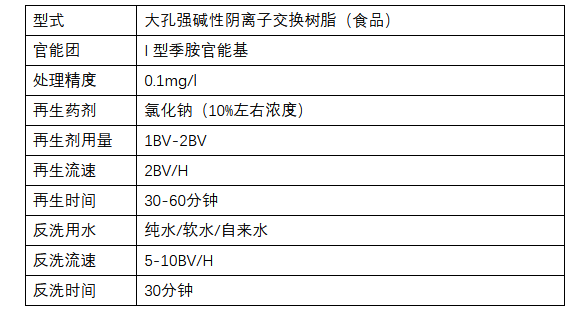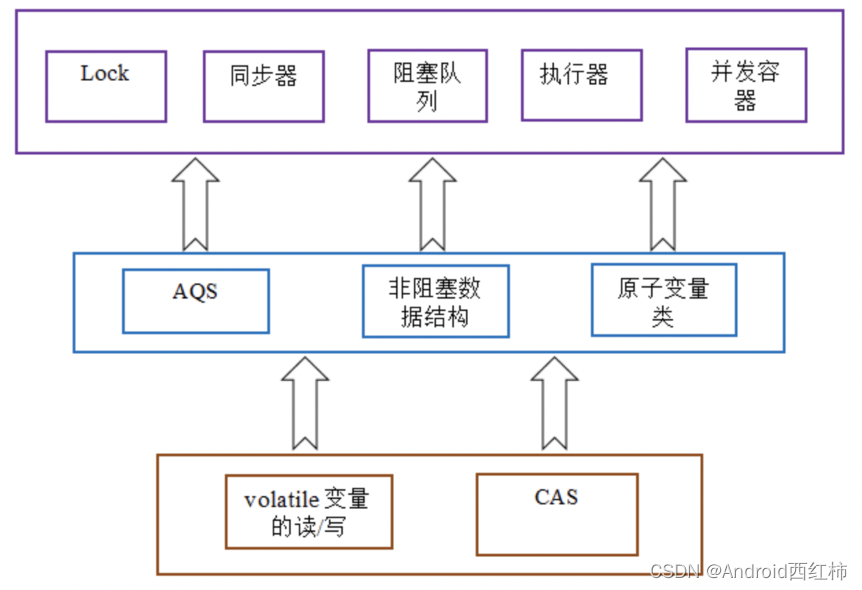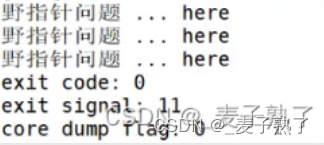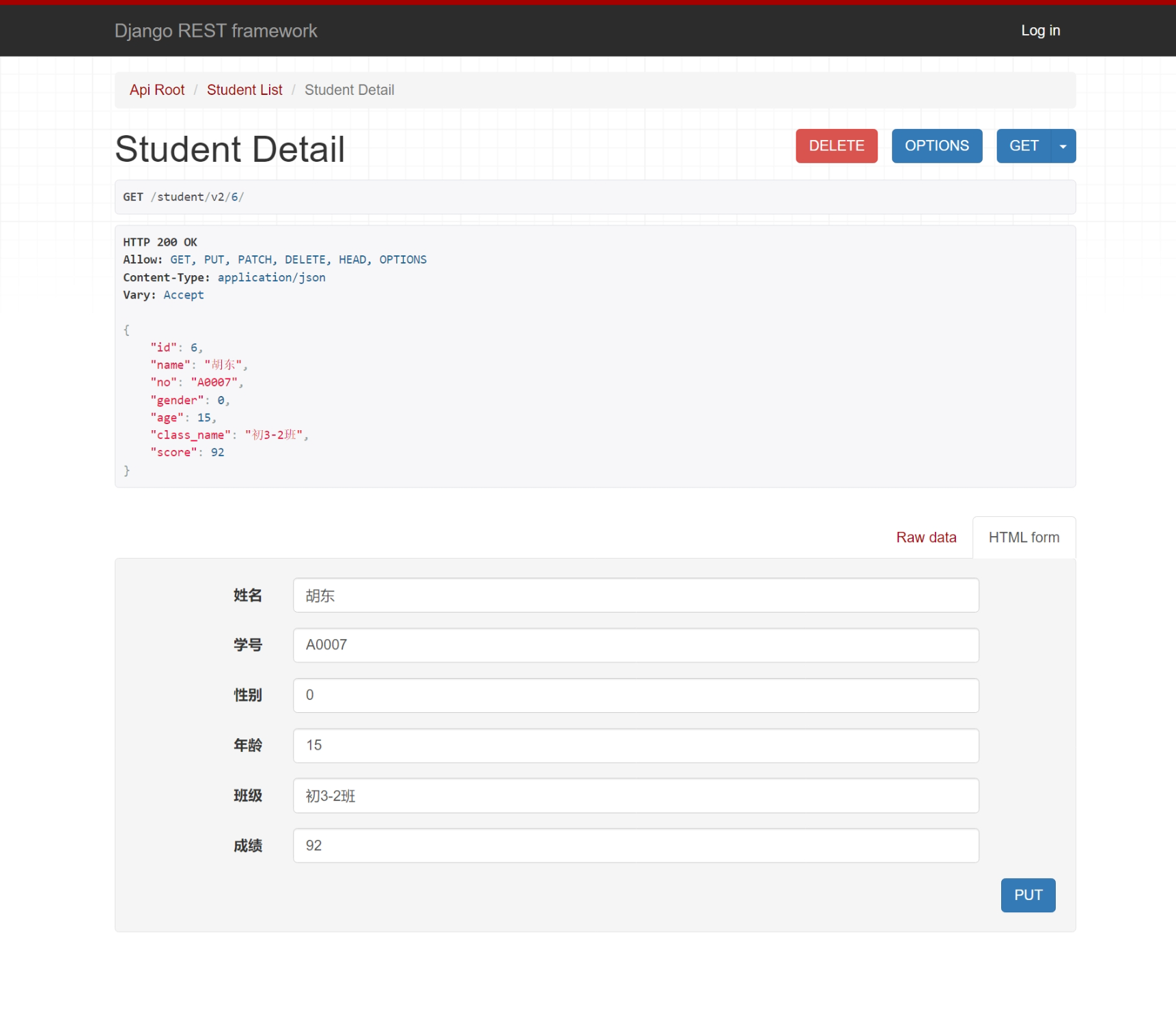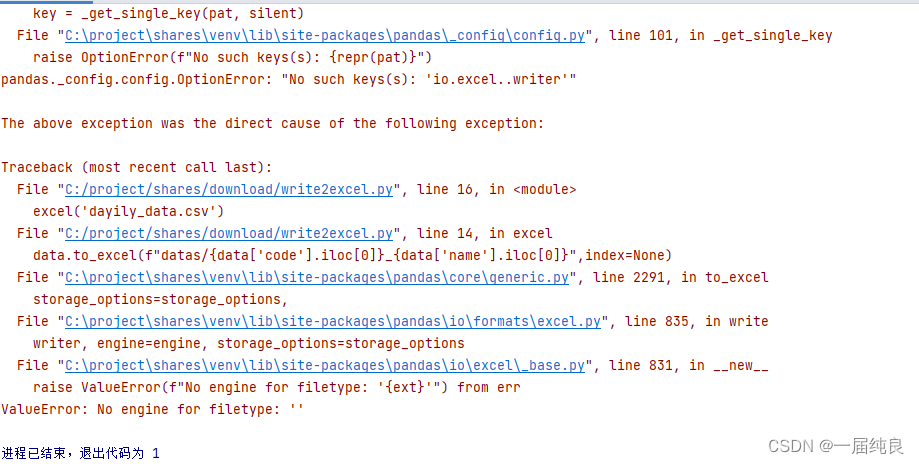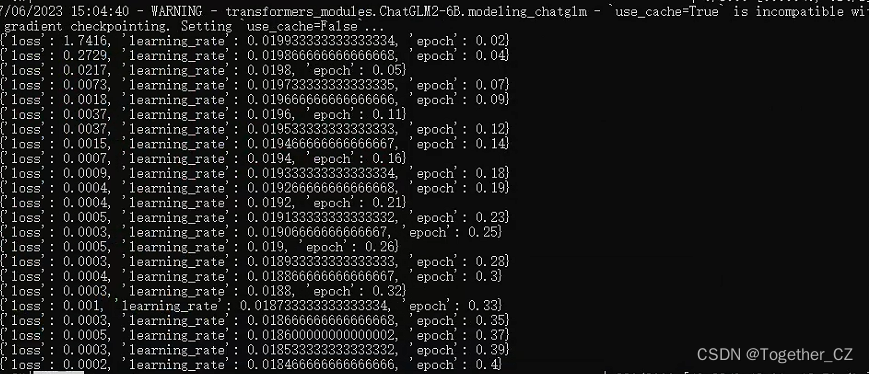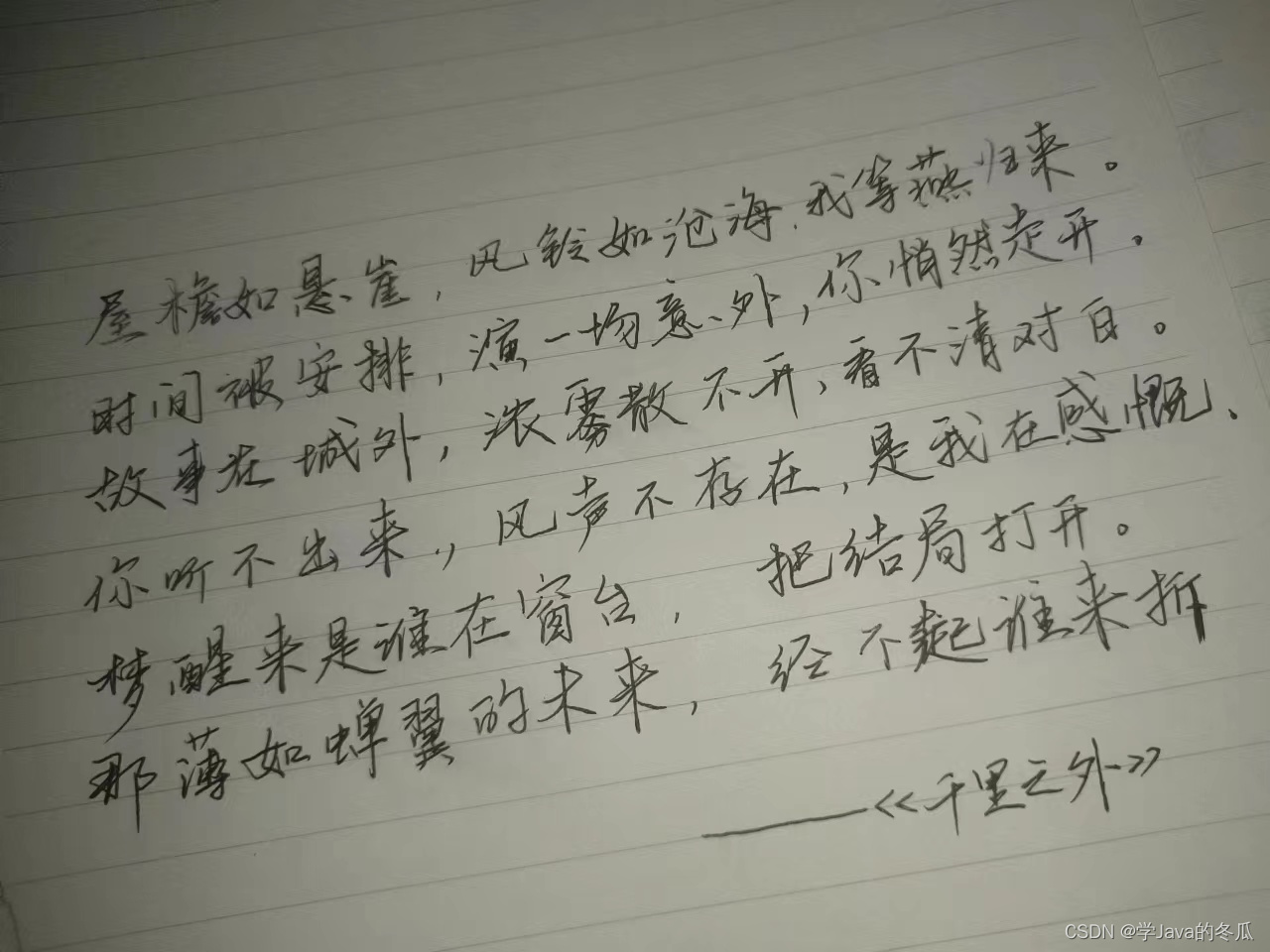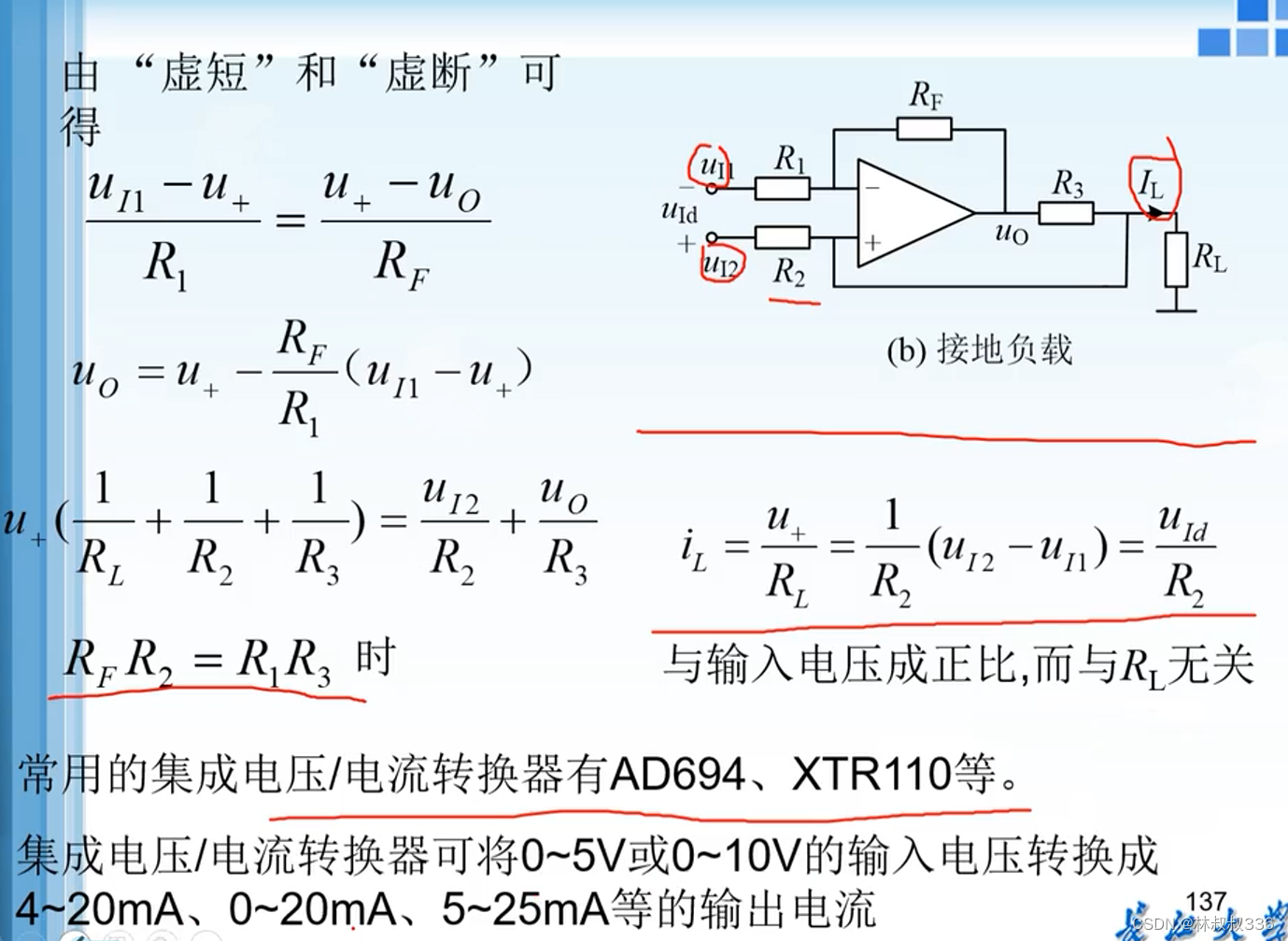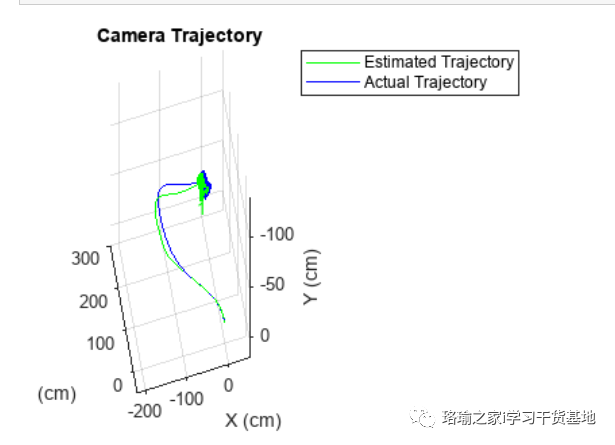题目描述
FJ gave Bessie an array aa of length N ( 2 ≤ N ≤ 500 , − 1 0 15 ≤ a i ≤ 1 0 15 ) N(2≤N≤500,−10^{15}≤ai≤10^{15}) N(2≤N≤500,−1015≤ai≤1015) with all N ( N + 1 ) 2 \frac{N(N+1)}2 2N(N+1) contiguous subarray sums distinct. For each index i ∈ [ 1 , N ] i∈[1,N] i∈[1,N], help Bessie compute the minimum amount it suffices to change ai by so that there are two different contiguous subarrays of a with equal sum.
翻译
给定长度为 N N N 的数组 a a a( 2 ≤ N ≤ 500 , − 1 0 15 ≤ a i ≤ 1 0 15 2≤N≤500,−10^{15}≤ai≤10^{15} 2≤N≤500,−1015≤ai≤1015), a a a 中所有 N ( N + 1 ) 2 \frac{N(N+1)}2 2N(N+1) 个连续子段和互不相等。对于每个 i ∈ [ 1 , N ] i\in[1,N] i∈[1,N],把 a i a_i ai 修改成一个值,使得存在两个不同的连续子段,它们的和相等,且改值与 a i a_i ai 的差最小,求出这个差。
题解
发现 N ≤ 500 N\le500 N≤500,大胆猜测时间复杂度 O ( N 3 ) O(N^3) O(N3)
对于每个连续子段 [ l , r ] [l,r] [l,r],将它的左右端点与子段和保存,按照子段和从小到大的顺序排序。预处理的时间复杂度是 O ( N 2 log N ) O(N^2\log N) O(N2logN) 的。
回答询问时,对于 i i i,把所有包含 i i i 的连续子段标记。
下面画图帮助理解。

上面的表格表示
s
u
m
sum
sum 的大小,红色表示被标记的子段和所在的位置,蓝色是未标记的。
题目中把
a
i
a_i
ai 修改,其实等价于在这个表格中把所有红色的位置整体平移;
若存在两个不同的连续子段,它们的和相等,就是平移后存在某个红色的位置与原先一个蓝色的位置重合。
使二者重合的平移量是多少呢?即为相邻两个颜色不同的位置距离最小值。
于是只要用 O ( N 2 ) O(N^2) O(N2) 的时间标记和求最小值。
总的时间复杂度为 O ( N 3 ) O(N^3) O(N3)。
下为赛时代码
#include<bits/stdc++.h>
using namespace std;
typedef long long ll;
const int N=501;
int n,cnt,bj[(N-1)*N/2+1];
ll a[N],sum[N],b[N][N];
struct node
{
int l,r;
ll sum;
node(){}
node(int x,int y,ll z){l=x,r=y,sum=z;}
bool operator<(const node &a)const{
return sum<a.sum;
}
}czn[(N-1)*N/2+1];
int main()
{
scanf("%d",&n);
for(int i=1;i<=n;i++) scanf("%lld",&a[i]),sum[i]=sum[i-1]+a[i];
for(int i=1;i<=n;i++){
for(int j=i;j<=n;j++){
czn[++cnt]=node(i,j,sum[j]-sum[i-1]);
}
}
sort(czn+1,czn+1+cnt);
for(int i=1;i<=n;i++){
for(int j=1;j<=cnt;j++){
if(czn[j].l<=i&&i<=czn[j].r){
bj[j]=1;
}
}
ll minn=1e18;
for(int j=1;j<cnt;j++){
if(bj[j]^bj[j+1]){
minn=min(minn,abs(czn[j].sum-czn[j+1].sum));
}
}
memset(bj,0,sizeof(bj));
printf("%lld\n",minn);
}
}


